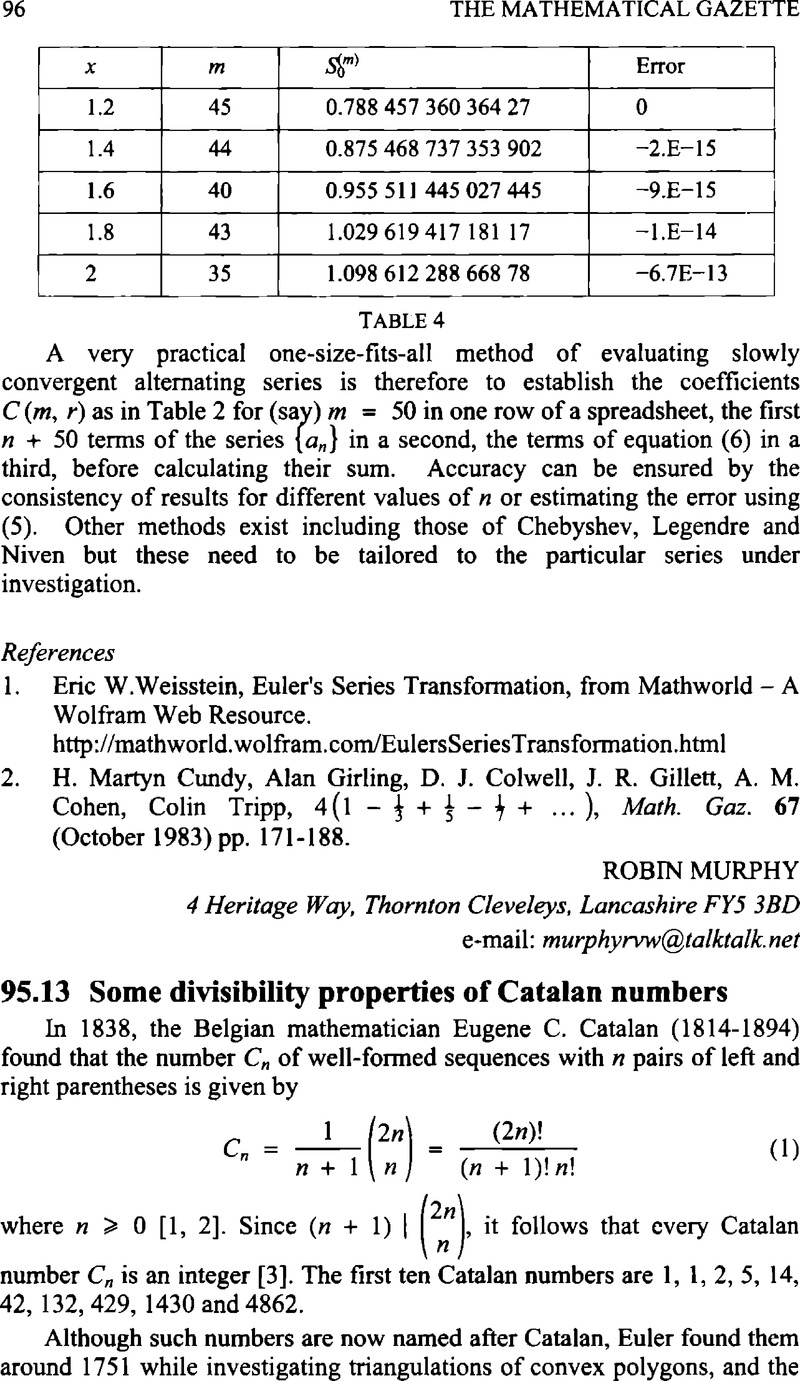Crossref Citations
This article has been cited by the following publications. This list is generated based on data provided by Crossref.
Lin, Yi‐Bing
and
Huang, Po‐Kao
2016.
Prefetching for mobile web album.
Wireless Communications and Mobile Computing,
Vol. 16,
Issue. 1,
p.
18.
TASCI, DURSUN
2021.
ON GAUSSIAN MERSENNE NUMBERS.
Journal of Science and Arts,
Vol. 21,
Issue. 4,
p.
1021.
KIZILIRMAK, GUL OZKAN
and
CAKACI, SENANUR
2024.
ON THE QUADRA MERSENNE-JACOBSTHAL, QUADRA MERSENNE-PELL AND RELATED QUATERNION SEQUENCES.
Journal of Science and Arts,
Vol. 24,
Issue. 1,
p.
5.
Mohammed, Eman F.
Eidi, Jaafer Hmood
and
Hasan, Sarah Sh.
2025.
Recounting fibonacci identities using Mersenne_sequence.
Vol. 3264,
Issue. ,
p.
050088.


